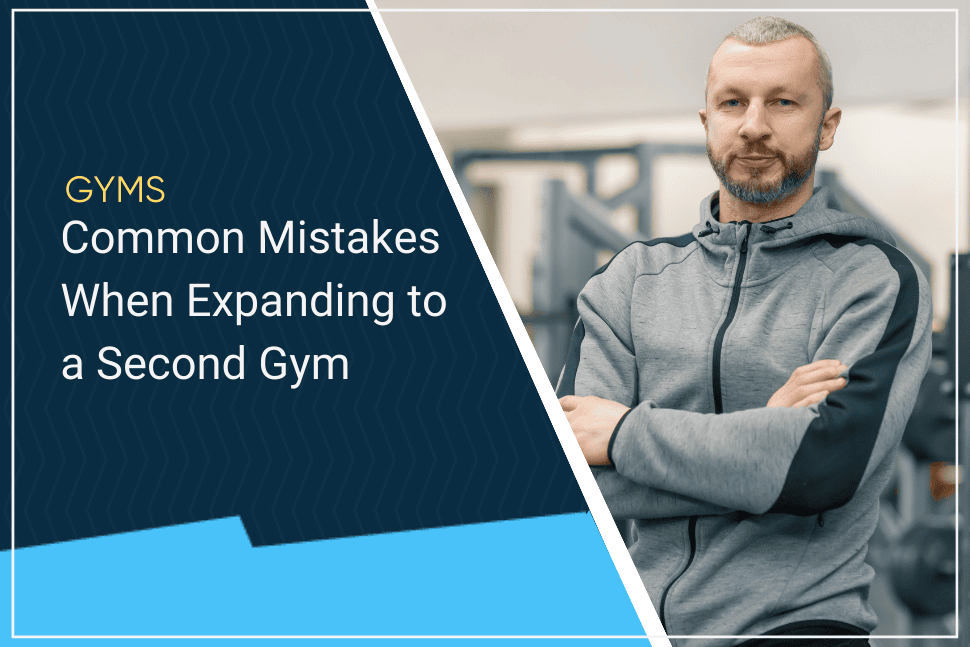BJJ School Culture and Transformation Over Profit

Just outside Rochester, inside a buzzing sports complex full of soccer and lacrosse teams, sits a jiu-jitsu academy that quietly breaks the mold.
Walk past the turf fields and into Shogun West BJJ, and you will see sharp branding, mountain imagery, clean mats, and parents sipping coffee along the wall. But under all of that, the real operating system is something you cannot photograph.
Shogun West is built on a simple but radical idea: measure success by culture and transformation, not profit.
From Road Trip Conversation to Calling
The story of Shogun West did not start with a business plan. It started in a car.
In 2021, three brother-in-laws were driving home from a church men’s retreat. Cody, a long-time martial artist and full-time SWAT officer. Don, another seasoned instructor. And Phil, the admin and “nerd” of the group, who was not even passionate about jiu-jitsu yet.
Phil tossed out a question that changed everything.
You guys have been teaching and training your whole lives. Have you ever thought about opening your own gym?
At first it sounded impossible. They all had busy lives, careers, families, responsibilities. Opening a gym felt like adding a second job on top of an already overloaded schedule.
So they did not rush. They prayed, they talked, and they made a simple commitment.
If this is something they are truly supposed to do, the path will open.
Within six months, the doors to their first location were open. It was not glamorous. They converted an empty office in a medical park owned by Phil’s dad. No fancy retail frontage. No foot traffic, unless you count people looking for an eye doctor who wandered in by mistake.
But they had mats, a mission, and a small group of students. That was enough to start.
A Mission Statement You Can Feel When You Walk In
Ask Shogun’s owners how they define success, and you will not hear anything about revenue targets or membership counts.
They talk about:
- Kids who finally have a safe, consistent place to go after school
- Parents who say their child has more confidence and self-control
- Adults who walk in heavy with stress or PTSD and slowly rebuild themselves on the mat
- Single parents who find role models for their kids when positive male leadership is missing at home
In their words, the north star is culture.
Shogun is very clear about what kind of culture they are building. Humility is on the wall, literally. They have a code of conduct, and they read through it with kids and adults. They talk about iron sharpening iron, the idea that jiu-jitsu is an individual sport, but it takes a team to make you good.
There is no room for ego. You come in, you are humble, and you stay humble.
They do not rely on slogans alone. The entire environment is designed to reinforce the mission:
- The “mountain path” artwork and belt progression on the walls
- The idea that everyone is on the same mountain, just at different heights
- The reminder that showing up, even on rough days, is still one more step up that path
Students are not just learning how to pass guard. They are being taught how to keep climbing when life gets hard.
Character Curriculum, Not Just Technique
Shogun’s mission shows up strongly in their kids program.
They are developing a structured curriculum called Warrior’s Path. The name itself is an acronym, with twelve letters that map to twelve virtues, one per month. Respect, obedience, courage, and so on.
Every month, kids receive a collectible card for that virtue. During class they get short lessons, games, and stories that tie character back to real life. They do not just talk about “respect” as a concept. They talk about what it looks like at home, at school, and on the mats.
Parents are invited into the process. If a child shows that month’s virtue outside the gym, parents can tell the coaches. Maybe their child helped with chores without being asked. Maybe they showed courage in a tough situation at school.
When that happens, the coaches give the child a red stripe on the belt for character, not technique.
It is a simple system, but it does a few powerful things:
- It gives parents a positive “lever” to encourage good behavior
- It reframes jiu-jitsu as a tool for life skills, not just competition
- It keeps kids engaged for reasons that go beyond the next belt
The curriculum for adults mirrors this mindset too. Instead of random, disconnected classes, Shogun runs a months-long curriculum that every coach follows. Each class builds on the last. Coaches “speak the same language” so students get a coherent journey, not a bag of tricks.
No One Turned Away For Money
A mission that claims to be about transformation will be tested the moment money is involved.
Shogun made an early decision. Finances would never be the reason someone could not train.
They created the Richard J. Ryan Scholarship Fund in honor of an old training partner of Cody’s who passed away. The fund exists for one purpose. If someone wants to train but cannot afford it, the money covers the gap.
Sometimes that means the gym pays 80 percent and the student contributes what they can. Other times, if someone truly cannot pay, they train anyway and help in other ways. Mopping mats, helping clean, pitching in where needed.
This mindset comes directly from Cody’s own story. As a middle schooler, his family could not afford jiu-jitsu. His coach let him train for free. In exchange, Cody worked. That experience shaped him profoundly. He never forgot it, and he is now passing that gift on to the next generation.
Shogun also invests in amenities that many gyms skip because they cost money:
- Full locker rooms
- Showers stocked with Defense Soap
- Clean, seamless mats that are easy to sanitize
- Towels, wipes, and a comfortable lobby space for parents
None of those things directly sell a membership. They do something deeper. They tell members, “You matter. Your health, your dignity, and your comfort are important here.”
After Jiu-Jitsu, Everything Is Easier
One of Shogun’s quiet mottos is simple. After jiu-jitsu, everything is easier.
At first, even Phil pushed back on that phrase. He is a parent. He knows how hard life can get. How can jiu-jitsu be harder than raising kids or dealing with real world problems?
Over time, he changed his mind, because he watched what happened to people who stuck with training.
- Adults with PTSD who arrived withdrawn and hyper-vigilant, and slowly relaxed into community and confidence
- Kids who were timid and anxious, and eventually spoke in front of their class or took more ownership at home
- Students who dragged themselves to class after a terrible day, and left lighter, more grounded, and more present with their families
The mats became a pressure release valve and a proving ground. If you can stay calm when another human is trying to choke or armbar you, that work meeting or difficult conversation at home feels less overwhelming.
For many, Shogun is not just exercise. It is mental health support with sweat and laughter built in.
Faith In The Background, Service In The Foreground
The owners are open about their Christian faith, but they are careful about how it shows up in the gym.
They are not preaching between rounds or turning class into a sermon. Instead, they focus on living as “salt and light.” In practice, that means they try to love people well, lead with integrity, and create a space where people feel seen and safe.
What is interesting is how often students eventually ask questions on their own.
What church do you go to?
How do you guys stay so tight as a team?
Some students now attend the same church. Others simply appreciate that their coaches are consistent, honest, and human. Either way, the spiritual piece is an undercurrent, not a requirement.
The gym becomes an accessible place for people who might never walk into a church, but who are hungry for brotherhood, accountability, and purpose.
Systems That Protect The Mission
A mission like this can burn out fast without structure.
Cody and Don are on call as first responders. They can be pulled away at any time. Classes still need to run. Students still need communication when schedules change. Admin still needs to happen even when the coaches are in a squad car or on a call.
That is where tools like Gymdesk come in for them:
- Kids sign themselves in on a tablet, even the five-year-olds
- Attendance data shows who has been missing so the team can reach out and check in
- Push notifications, email, and text help them cancel or adjust classes in emergencies
- Member profiles, billing, and belt tracking happen in one place, rather than on index cards and spreadsheets
The technology does not define the mission. It protects it. It gives the team margin, so their energy can go into people, not paperwork.
What Other Gym Owners Can Learn From Shogun
If you strip Shogun’s story down to its core, you get a simple framework any academy can borrow:
- Pick a mission that is bigger than profit.
- Build your culture around that mission, in visible and invisible ways.
- Remove financial and logistical barriers that keep people from training.
- Use structure and systems to support your values, so you do not drown in admin.
Shogun West is still young as a business. The owners freely admit they have never taken a dollar out of it. Their first priority is paying coaches and continuing to grow their impact.
But when you step into their space, watch the kids on the mats, hear the laughter, and see the parents breathing a little easier on the sidelines, it is very clear.
The mission is already paying off.
Gym management software that frees up your time and helps you grow.
Simplified billing, enrollment, student management, and marketing features that help you grow your gym or martial arts school.




